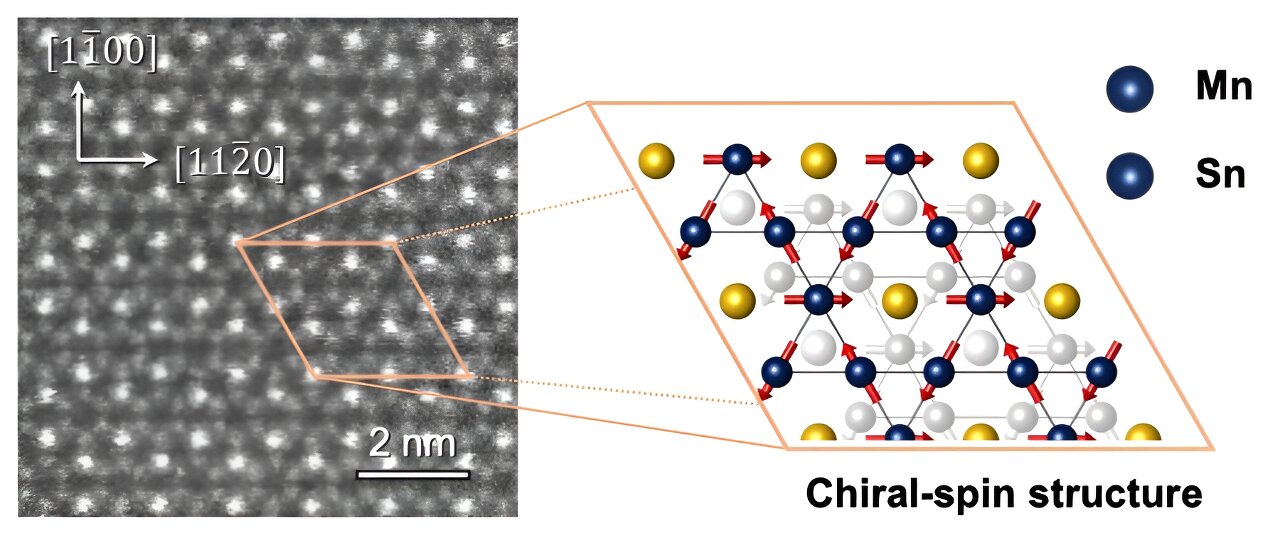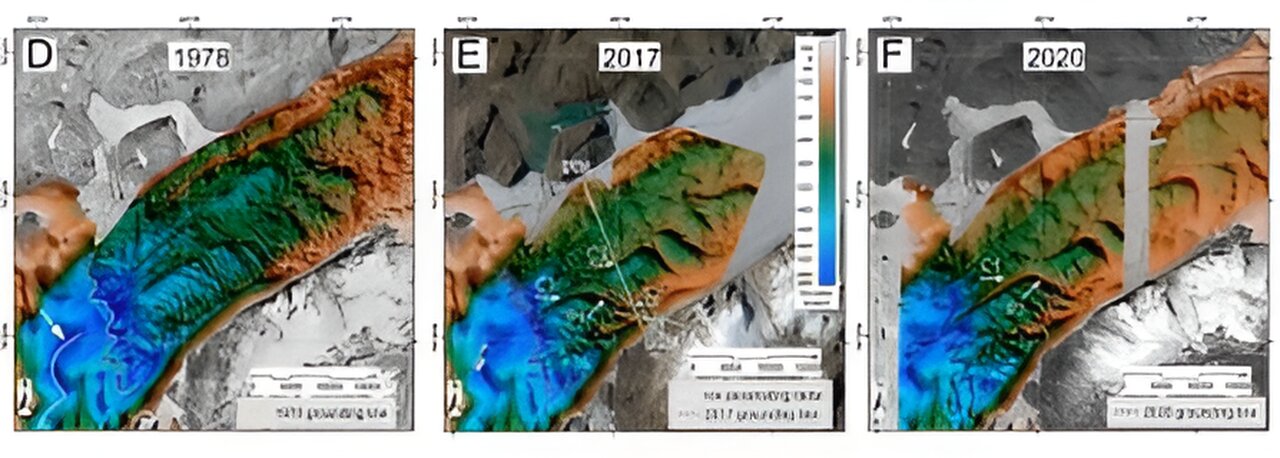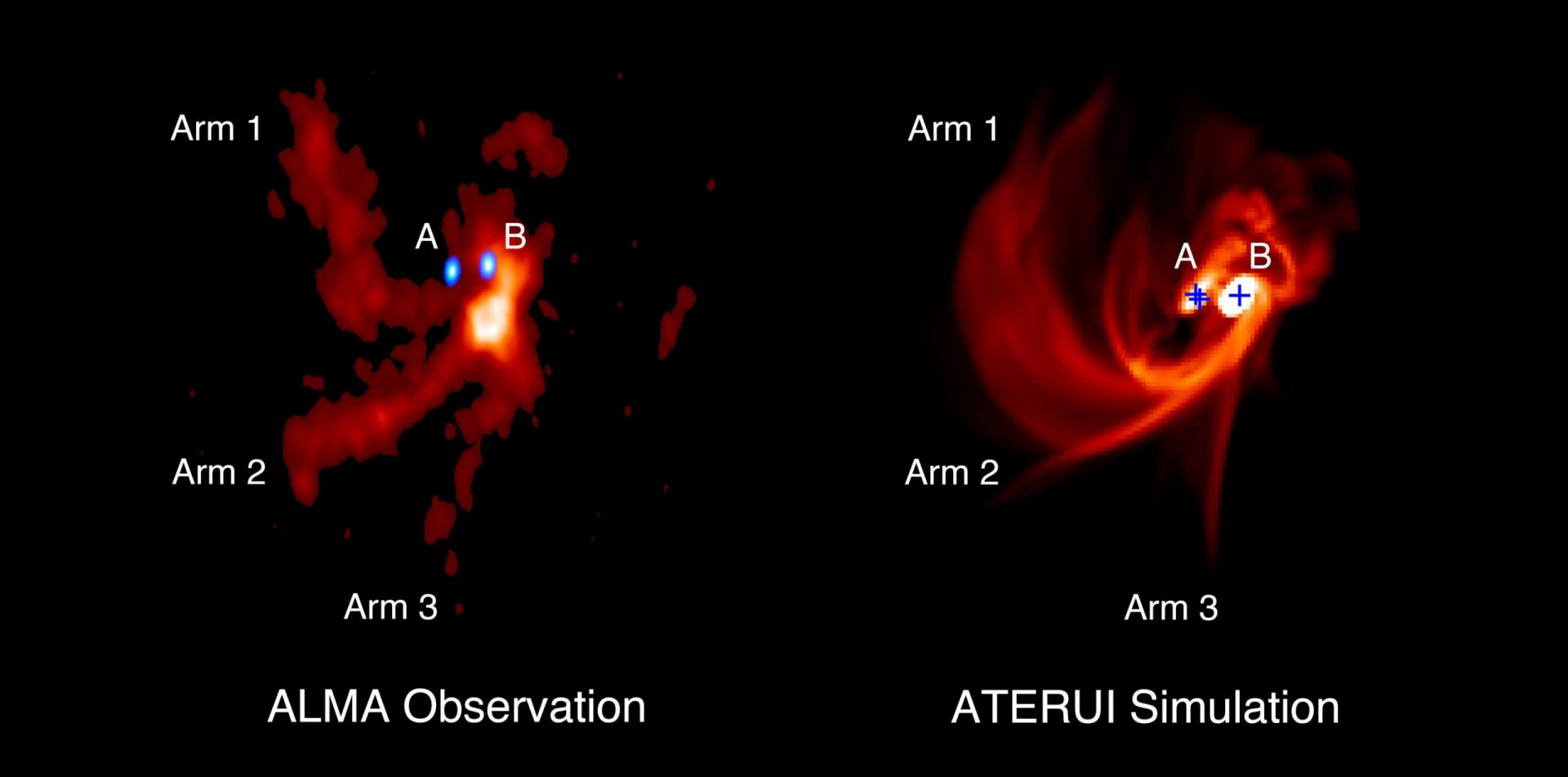Exciting new research from Tohoku University and Massachusetts Institute of Technology (MIT) has shed light on the fascinating behavior of non-collinear antiferromagnets when subjected to an electric current. Published in the prestigious journal Nature Materials on August 3, 2023, their findings have significant implications for the future of information technology hardware.
In recent years, non-collinear antiferromagnets have captured the attention of scientists due to their unique properties. Unlike traditional collinear magnets, where the magnetic moments align in a straight line, non-collinear antiferromagnets have magnetic moments that form finite angles with each other. These arrangements are described by scientists as a single order parameter known as the octupole moment, which plays a crucial role in determining the materials’ exotic properties.
The researchers discovered that the octupole moment exhibits unconventional responses to electric currents. In a surprising twist, it rotates in the opposite direction to the order parameters of general magnets. This anomaly arises from the interaction between electron spins and the distinctive chiral-spin structure of non-collinear antiferromagnets.
“The exotic physical properties of non-collinear antiferromagnets make them highly promising for applications in information technology hardware,” said Ju-Young Yoon, lead author of the study and a Ph.D. student at Tohoku University. “Our findings provide a fundamental basis for spintronic devices such as memories and oscillators.”
Spintronics, an interdisciplinary field that leverages the spin of electrons to manipulate magnetism, has the potential to revolutionize electronic devices, making them faster, smaller, and more efficient. The discovery of current-induced switching of magnetization in collinear ferromagnets around the year 2000 has already led to the commercialization of high-performance memory. The development of spin-transfer torque magnetoresistive random access memory (STT-MRAM) is expected to play a crucial role in future low-carbon-emission technologies.
Non-collinear antiferromagnets have become a major focus in the spintronics community due to their remarkable properties, despite their extremely low magnetization. Their chiral-spin structure induces significant ferromagnet-like properties, such as a large anomalous Hall effect. These phenomena are explained by the octupole moment, which can be analogized to the magnetization in ferromagnets.
While the dynamics of current-driven magnetization have been extensively studied over the past two decades, the dynamics of the octupole moment have not received the same level of attention. To address this gap, the researchers investigated the response of the octupole moment in the non-collinear antiferromagnet manganese-tin (Mn3Sn). By comparing it with the magnetization in a ferromagnet cobalt-iron-boron (CoFeB) under the influence of a magnetic field and an electric current, they discovered that the switching directions of the magnetization were the same, but those of the octupole moment were opposite for the non-collinear antiferromagnet.
Further analysis revealed that while individual magnetic moments rotate in the same direction for both systems, the assembled effect drives the octupole moment in the opposite direction due to the unique chiral-spin structure of the non-collinear antiferromagnet.
“The ability to control magnetic materials electrically is of utmost importance in spintronics. Our research provides crucial insights into controlling non-collinear antiferromagnets, which differ from the well-established electrical control of collinear ferromagnets,” said Professor Luqiao Liu from MIT.
Professor Shunsuke Fukami from Tohoku University echoed this sentiment and added, “The commercialization of STT-MRAM was achieved through a deep understanding of the interaction between magnetization and currents. In this regard, our work lays a solid foundation for the development of functional devices using non-collinear antiferromagnets.”








